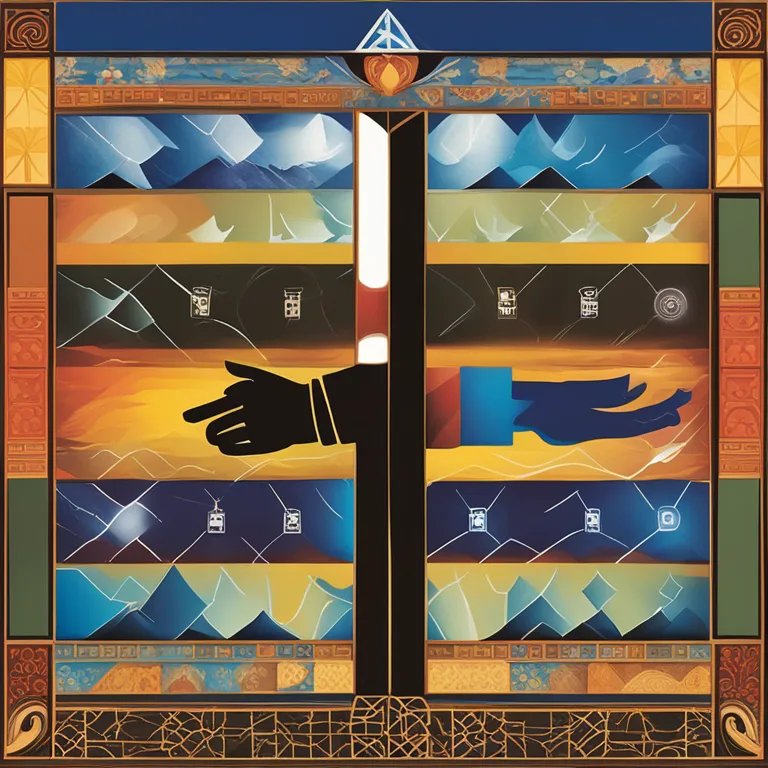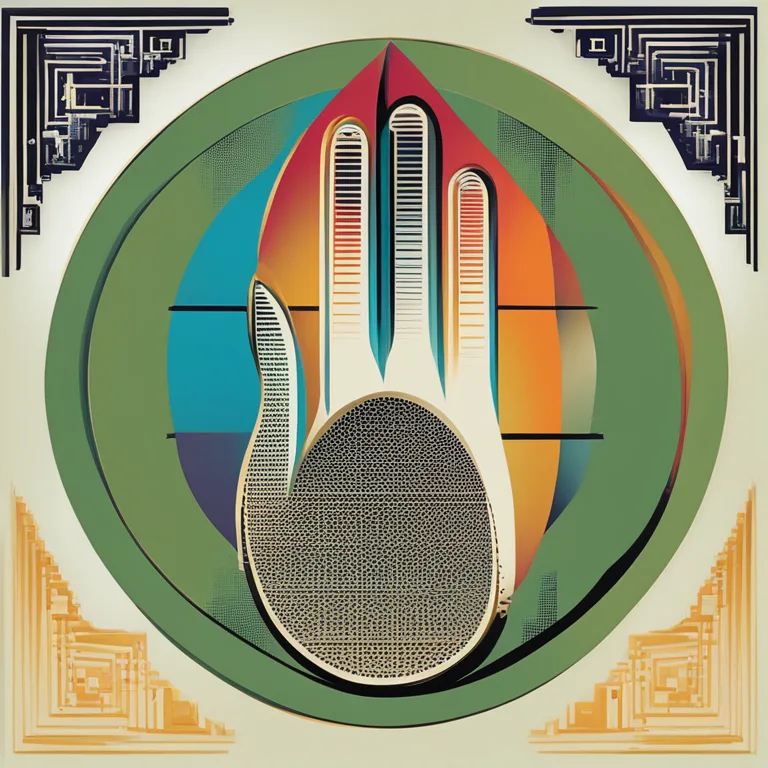
Palmistry for Men: Which Hand to Read?
Discover the traditional practices in palmistry for men and learn about the significance of left and right-hand readings in this insightful overview.
article by Nora Pennington
The Basics of Male Palm Reading
In the mystical world of palmistry, also known as chiromancy, the reading of hands is a practice that dates back thousands of years, crossing various cultures and traditions. Palmists believe that an individual’s palms hold the blueprint of their personality and destiny. When it comes to men, there's a traditional method to determine which hand should be the focus of a palm reading. This method has remained relatively consistent through time even as we continue exploring this ancient art with modern insights in the current year of 2024 and beyond.

The Dominant vs. Non-Dominant Hand
Palmists traditionally consider both of the hands for a comprehensive reading, each serving its unique purpose. The dominant hand, the one a person uses most for writing and other tasks, is often referred to as the "active" hand in palmistry. For most men, this is the right hand. It is believed to reflect the present, action taken in life, and the conscious mind. It also represents the external world and how an individual has utilized their potential and experiences to shape their life.

The Passive Hand’s Role
Conversely, the non-dominant, or "passive," hand is predominantly the left hand for most men. This hand is thought to symbolize inherited potentials, character traits, and the subconscious or inner self. It is sometimes seen as a reflection of past-life or karmic energies, inherent abilities, and even challenges that may lie dormant. The insights gleaned from the passive hand serve as a foundation upon which the active hand's narrative is built.

Modern Views on Palm Reading
Delving deeper into the present day understanding of palmistry, there is a growing perspective that both hands have equal significance regardless of gender. Some contemporary palmists argue that the focus should not necessarily be on whether the subject is a man or a woman, but rather on the uniqueness of each individual's experiences and life journey. They emphasize a holistic approach, examining both hands to how an individual's choices and experiences have interacted with their intrinsic disposition.

Factors Influencing Hand Choice
There are additional factors that may influence which hand is read in a palmistry session for a man. Ambidexterity, life events that have significantly altered a person’s path, or even cultural variations in the practice of palmistry may steer a palmist to prioritize one hand over the other. Therefore, a reputable palm reader will always consider the specific context and circumstances of the individual before proceeding with a reading.
The Evolving Discipline of Palmistry
As we move forward in the 21st century, palmistry continues to intrigue individuals seeking self-discovery and future insights. While the art's traditional guidelines offer a starting point, modern practitioners are constantly reevaluating and adapting their approaches to each person's narrative. This fluid approach ensures that palm readings remain both personally relevant and culturally sensitive.
Published: 1/3/2024
Modified: 1/3/2024
More predictions
Come back here soon to learn more about yourself and your future


The Correct Hand for Palm Reading: A Guide
Learn which hand to read for insightful palmistry interpretations and how the distinction influences personal readings.


A Beginner's Guide to Palmistry
Discover the essentials of palm reading in this comprehensive guide, tailored for beginners keen on understanding the mysteries of palm lines and their meanings.